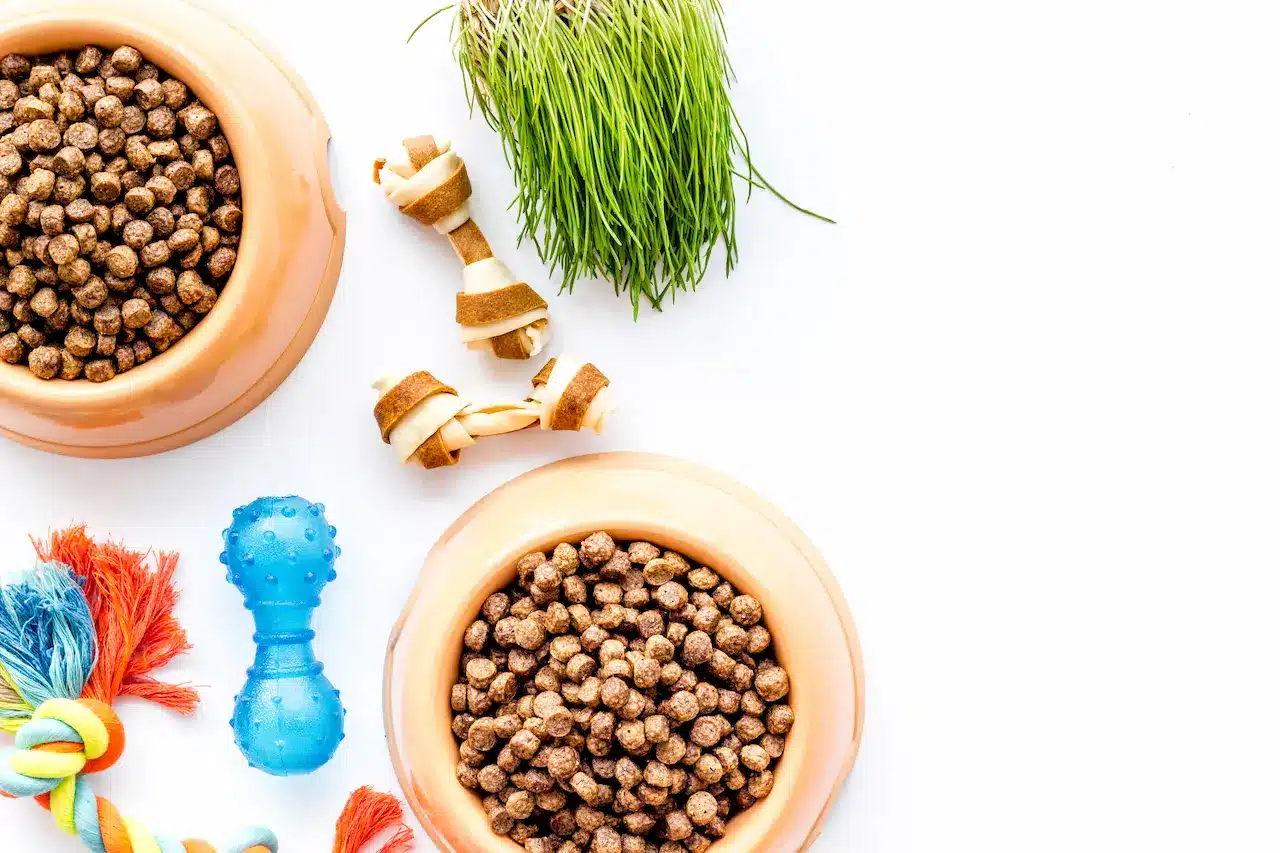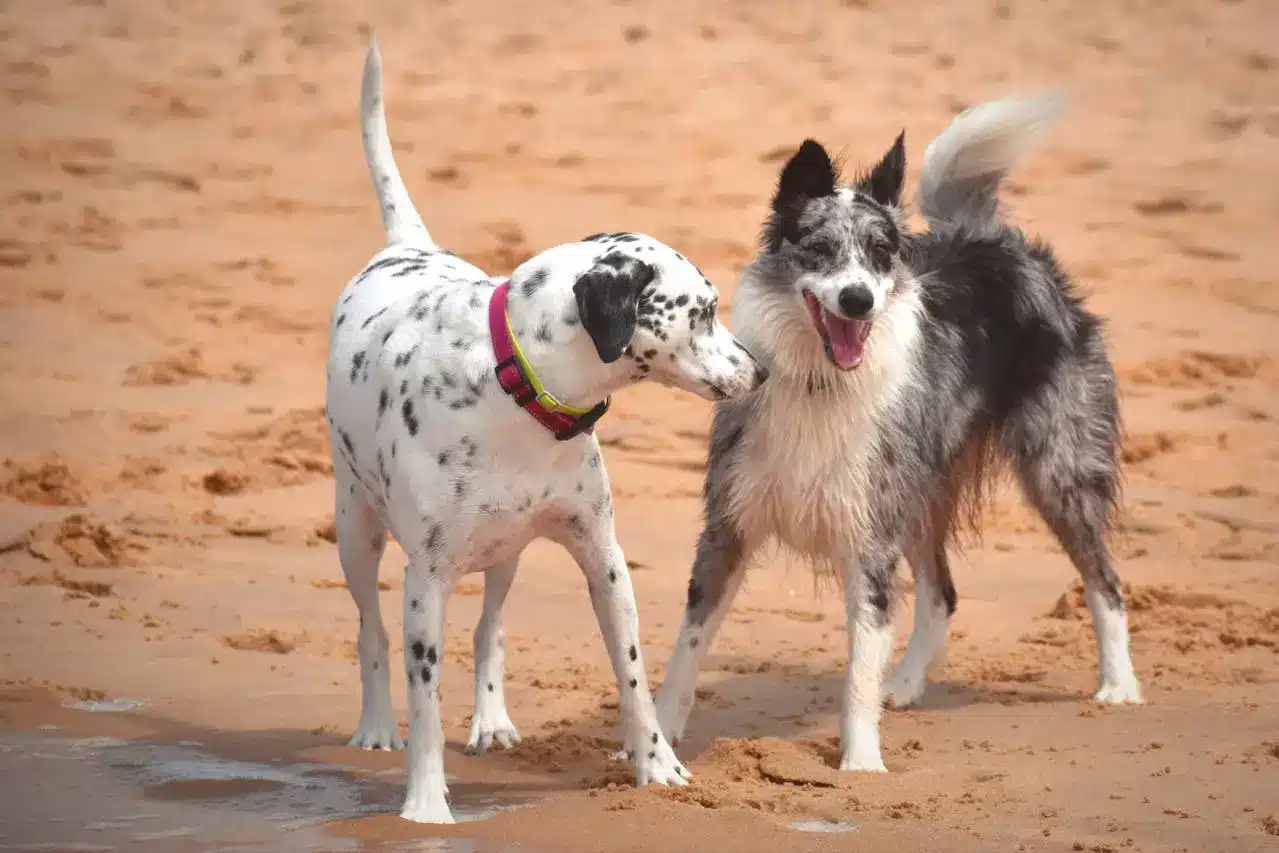What You Should Really Be Feeding Your Pet
Pet Nutrition 101: What You Should Really Be Feeding Your Pet
When it comes to our pets, we want to give them the very best — toys, belly rubs, cozy beds, and of course, the food they eat every day. But with shelves packed full of pet food options and endless advice floating around online, figuring out what you should be feeding your furry friend can feel overwhelming.
From ingredient labels to feeding schedules to human food myths, pet nutrition is a topic every pet parent needs to understand. Whether you have a dog, cat, or even a more exotic companion, this guide will break down the basics of pet nutrition and help you make smarter, healthier choices for your best friend.
1. Why Pet Nutrition Matters
Feeding your pet isn’t just about satisfying their hunger — it’s about supporting their energy, immunity, development, and overall well-being. Just like with people, the quality of food a pet eats affects:
- Weight and metabolism
- Coat and skin health
- Energy and behavior
- Digestive health
- Longevity and disease prevention
A healthy diet is the foundation for a long, happy life. And yet, many pet owners unintentionally feed foods that are overly processed, low in nutrients, or even harmful. Understanding the basics is the first step in doing better.
2. Understanding Commercial Pet Food Labels
Pet food packaging can be confusing — flashy claims like “natural,” “grain-free,” or “premium” don’t always mean what you think. Here’s what to look for:
AAFCO Statement
Make sure the label says the food meets AAFCO (Association of American Feed Control Officials) nutritional standards. This ensures the food is complete and balanced for your pet’s life stage.
Real Meat as the First Ingredient
Look for high-quality protein sources like chicken, beef, turkey, or fish listed first. Avoid vague terms like “meat by-product” or “animal digest.”
Limited Fillers
While grains aren’t necessarily bad (more on that later), too much corn, wheat, or soy can indicate lower-quality food. Opt for nutrient-dense ingredients over filler carbs.
Avoid Artificial Additives
Skip foods with artificial colors, flavors, and preservatives. These additives may trigger allergies or sensitivities in some pets.

3. Protein, Fats, and Carbs — What’s the Right Balance?
Pets need a mix of macronutrients to thrive, but the right ratio depends on the species, age, and activity level.
Dogs: Omnivores
Dogs are omnivores, meaning they need both meat and plant-based foods. A balanced dog diet typically includes:
- Protein (meat, eggs, legumes): 18–30% of daily intake
- Fats (animal fat, fish oil): 10–15%
- Carbs (vegetables, whole grains): optional but helpful for energy and fiber
Cats: Obligate Carnivores
Cats are strict carnivores. They need:
- High protein: at least 30% or more
- Animal-based fats: crucial for energy and skin health
- Taurine: an essential amino acid only found in meat (vital for cats)
- Minimal carbohydrates: cats don’t digest carbs well
Cats should never be put on vegetarian or vegan diets — it can cause serious health issues.
4. Wet vs. Dry Food: What’s Better?
There’s no one-size-fits-all answer, but here are the pros and cons of each:
Dry Food (Kibble)
- Convenient and cost-effective
- Good for dental health (somewhat)
- Longer shelf life
However, it may contain more carbohydrates and less moisture — which can be a concern, especially for cats.

Wet Food (Canned or Pouched)
- Higher moisture content (good for hydration)
- More palatable for picky eaters
- Often higher in protein
Downsides? It’s more expensive, spoils faster, and can lead to dental buildup if teeth aren’t cleaned regularly.
Tip: Many pet owners use a mix of both to get the best of both worlds.
5. Common Human Foods That Are Toxic to Pets
Some table scraps are fine in moderation, but certain human foods can be dangerous — even deadly — to pets. Avoid:
- Chocolate
- Grapes and raisins
- Onions and garlic
- Xylitol (found in sugar-free gum and peanut butter)
- Alcohol
- Caffeine
- Cooked bones (they splinter easily)
Before giving your pet any human food, double-check whether it’s safe. When in doubt, skip it.
6. Feeding Schedules and Portion Control
Free-feeding (leaving food out all day) can lead to overeating and obesity. Most pets thrive on scheduled meals:
- Puppies/kittens: 3–4 small meals daily
- Adult dogs/cats: 2 meals per day
- Senior pets: 2 meals, possibly with smaller portions or softer food
Always follow portion recommendations on the food label — and adjust based on your pet’s weight, activity level, and metabolism.
Overfeeding is one of the leading causes of obesity, which can lead to joint problems, diabetes, and a shortened lifespan.
7. Treats and Supplements
Treats
Treats are great for training and bonding — but they should never make up more than 10% of your pet’s daily calories. Choose low-calorie, natural options when possible, and avoid anything with artificial preservatives or excessive fat.
Supplements
Some pets may benefit from added vitamins or supplements, such as:
- Omega-3s for skin, coat, and joint health
- Probiotics for digestion
- Glucosamine for aging joints
Always consult your vet before introducing supplements, especially if your pet is on medication.
8. Raw, Homemade, and Alternative Diets
There’s growing interest in raw diets, homemade meals, and even vegetarian options for pets. While these can be beneficial in some cases, they require careful planning to ensure nutritional balance.
Potential risks include:
- Bacterial contamination (especially in raw meat)
- Nutrient imbalances
- Unsafe ingredients
If you’re considering a non-traditional diet, work closely with a vet or pet nutritionist to develop a plan that meets all your pet’s needs.
Final Thoughts
Feeding your pet isn’t just a routine chore — it’s one of the most powerful ways you can care for their health, happiness, and longevity. With a little knowledge, a lot of love, and some label reading, you can make informed choices that give your pet the nourishment they truly deserve.
After all, your furry friend relies on you for everything — and that includes what goes into their bowl. Make it count.



